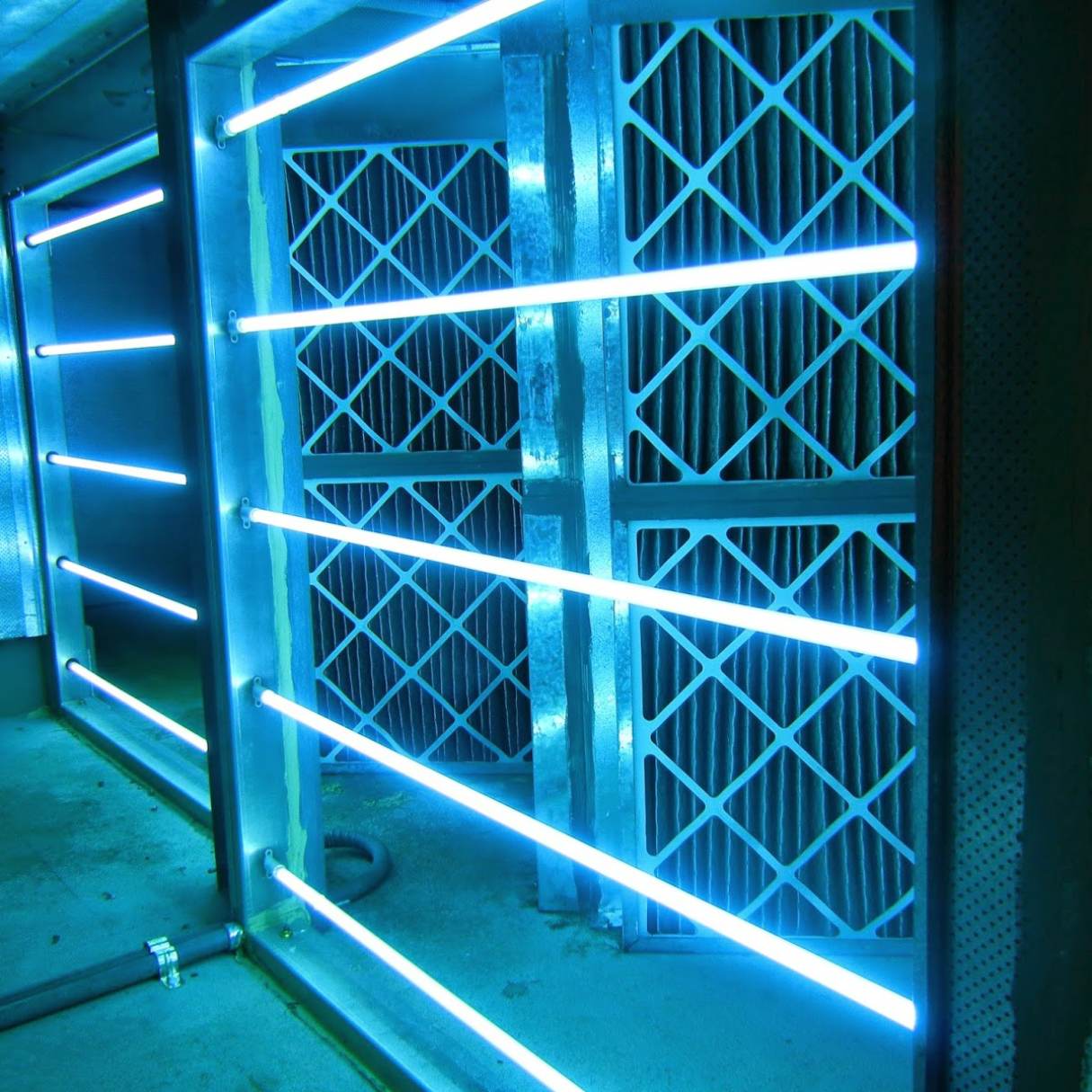

Articles
What Do Uv Lights Do In HVAC
Modified: February 23, 2024
Discover the purpose and benefits of UV lights in HVAC systems. Read our informative articles to learn how UV lights help improve indoor air quality and prevent the growth of mold and bacteria.
(Many of the links in this article redirect to a specific reviewed product. Your purchase of these products through affiliate links helps to generate commission for Storables.com, at no extra cost. Learn more)
Introduction
When it comes to ensuring the cleanliness and efficiency of your HVAC (Heating, Ventilation, and Air Conditioning) system, you may have heard of UV lights being used as a solution. UV, or ultraviolet, lights have become increasingly popular in the HVAC industry due to their ability to effectively eliminate harmful bacteria, viruses, mold, and other microorganisms.
In this article, we will explore the role of UV lights in HVAC systems, how they work, their benefits, installation process, and maintenance requirements. By the end, you will have a clear understanding of the impact UV lights can have on improving indoor air quality and overall HVAC performance.
Key Takeaways:
- UV lights in HVAC systems utilize germicidal UVC light to eliminate harmful microorganisms, improve indoor air quality, enhance HVAC performance, and promote a healthier living environment.
- While UV lights offer significant benefits, it’s crucial to consider potential drawbacks such as cost, limited coverage area, and ongoing maintenance requirements before deciding to install them in your HVAC system.
How UV Lights Work in HVAC Systems
UV lights in HVAC systems utilize a specific wavelength of ultraviolet light, known as UVC light, to effectively neutralize and eliminate microorganisms in the air. UVC light has germicidal properties, meaning it has the ability to disrupt the DNA and RNA of microorganisms, preventing them from reproducing and rendering them harmless.
These UV lights are typically installed in the ductwork or air handler of the HVAC system, where they can directly target and irradiate the passing air. As air passes through the HVAC system, it also passes through the UV light, exposing any microorganisms to the germicidal UVC light.
UV light works by causing irreversible damage to the genetic material of microorganisms, including pathogens such as bacteria, viruses, and mold spores. When exposed to UVC light, the DNA and RNA of these microorganisms experience a molecular disruption, preventing their replication and rendering them unable to cause harm.
It’s important to note that UVC light is completely contained within the HVAC system and does not pose any harm to humans or pets in the vicinity.
UV lights in HVAC systems work continuously to target and neutralize microorganisms, ensuring that the air circulating in your home or commercial space is cleaner, healthier, and free from harmful pathogens.
Benefits of using UV Lights in HVAC Systems
Using UV lights in HVAC systems offers several significant benefits that enhance indoor air quality and overall system performance. Here are some of the key advantages of incorporating UV lights into your HVAC system:
- Elimination of Microorganisms: UV lights effectively neutralize and eliminate bacteria, viruses, mold spores, and other harmful microorganisms that can cause health issues. This helps create cleaner and healthier indoor air quality, reducing the risk of respiratory problems, allergies, and infections.
- Improved HVAC Performance: By eliminating microorganisms, UV lights help prevent the growth of mold and other contaminants on HVAC coils, fins, and other components. This allows the HVAC system to operate more efficiently and maintain optimal airflow, enhancing cooling and heating performance.
- Energy Efficiency: A cleaner HVAC system results in improved energy efficiency. Without the presence of contaminants on the coils and other components, the HVAC system does not have to work as hard to regulate temperature, leading to potential energy savings and lower utility bills.
- Odor Reduction: UV lights in HVAC systems can help eliminate foul odors caused by mold, mildew, and bacteria. This helps create a more pleasant and fresh indoor environment.
- Extended Equipment Life: By keeping the HVAC system clean and free from contaminants, UV lights can help extend the lifespan of the equipment. This reduces the need for frequent repairs and replacement, saving you money in the long run.
- Environmentally Friendly: UV lights in HVAC systems offer a chemical-free solution to indoor air quality concerns. They eliminate the need for harsh cleaning chemicals and disinfectants, making them an environmentally friendly choice.
Overall, UV lights in HVAC systems provide a range of benefits to enhance indoor air quality, improve system performance, and promote a healthier and more comfortable environment for occupants.
UV Light Installation in HVAC Systems
The installation of UV lights in HVAC systems typically involves the following steps:
- Determine the Placement: The first step is to determine the optimal placement of the UV lights in your HVAC system. Common areas for installation include the air handler or the ductwork near the evaporator coil. It’s important to position the lights in a way that allows for maximum exposure to the passing air.
- Select the Correct UV Light System: There are various types and sizes of UV light systems available for HVAC applications. It’s crucial to choose a UV light system that is compatible with your specific HVAC system and meets your air purification needs. Consulting with an HVAC professional can help you select the right system for your requirements.
- Hire a Professional Installer: While some homeowners may choose to install UV lights themselves, it is recommended to hire a professional HVAC technician for proper installation. They have the expertise and knowledge to ensure the UV lights are installed correctly and safely.
- Mounting the UV Lights: The UV lights are usually mounted inside the air handler or onto the ductwork. They are secured in a way that allows for easy access for maintenance and cleaning.
- Electrical Connection: The UV lights need to be wired into the electrical system of the HVAC unit. This may involve connecting them to a power source or utilizing the existing wiring of the HVAC system. It’s important to follow the manufacturer’s instructions and local electrical codes when making electrical connections.
- Testing and Calibration: Once the UV lights are installed, the HVAC system should be tested to ensure that the lights are functioning properly. This may involve verifying the power supply, checking for any leaks, and calibrating the lights to provide the desired level of UV disinfection.
It is important to note that UV light installation in HVAC systems should be performed by qualified professionals to ensure proper installation and safe operation. Hiring an experienced HVAC technician will help ensure that the UV lights are integrated seamlessly into your HVAC system, providing optimal air purification and system performance.
Regularly cleaning and maintaining UV lights in your HVAC system can help to improve indoor air quality by reducing the growth of mold and bacteria on the cooling coils and other surfaces. This can also help to reduce musty odors and potential health issues.
Maintenance and Cleaning of UV Lights in HVAC Systems
Maintaining and cleaning UV lights in HVAC systems is essential to ensure their effectiveness in eliminating microorganisms and promoting clean indoor air. Here are some key guidelines for maintaining and cleaning UV lights:
- Regular Inspection: Periodically inspect the UV lights to ensure they are working properly. Check for any signs of wear, damage, or malfunctioning bulbs. If you notice any issues, contact a qualified HVAC technician to assess and address the problem.
- Replace Bulbs: UV light bulbs have a limited lifespan, typically ranging from one to two years. It’s important to replace them according to the manufacturer’s recommendations or when the bulbs lose their effectiveness. Regularly replacing the bulbs ensures that the UV lights continue to deliver the desired level of air purification.
- Clean the UV Lights: Over time, dust, debris, and other particles can accumulate on the surface of the UV lights, hindering their effectiveness. Cleaning the UV lights at regular intervals is essential for optimal performance. Carefully follow the manufacturer’s instructions when cleaning the lights to avoid any damage or compromising their functionality.
- Shut off Power: Before undertaking any maintenance or cleaning procedures, ensure that the power to the UV lights and the HVAC system is turned off. This prevents the risk of electric shock and injury.
- Use Proper Cleaning Techniques: When cleaning the UV lights, use a soft, lint-free cloth or a gentle brush to remove the accumulated dirt and debris. Avoid using harsh chemicals or abrasive cleaners, as these can damage the UV lights. If necessary, consult the manufacturer’s guidelines for approved cleaning methods and products.
- Schedule Professional Maintenance: While regular cleaning and bulb replacement can be performed by homeowners, it is recommended to schedule professional maintenance for your HVAC system and UV lights. A licensed HVAC technician can provide a comprehensive inspection, cleaning, and maintenance service to ensure the UV lights and the entire HVAC system are functioning optimally.
By following these maintenance and cleaning practices, you can ensure that your UV lights continue to operate effectively and provide the desired level of air purification in your HVAC system. Regular maintenance helps extend their lifespan, enhances indoor air quality, and promotes a healthier living environment.
Read also: 9 Unbelievable HVAC UV Light For 2024
Potential Drawbacks of UV Lights in HVAC Systems
While UV lights provide numerous benefits in HVAC systems, it’s important to be aware of their potential drawbacks as well. Understanding these drawbacks can help you make an informed decision about whether UV lights are suitable for your specific needs. Here are some of the potential drawbacks:
- Cost: UV light systems can be a significant investment, especially if you opt for higher-quality models. Additionally, regular bulb replacements can add to the overall maintenance cost. It’s essential to weigh the cost versus the benefits to determine if it’s a worthwhile investment for your HVAC system and indoor air quality needs.
- Effectiveness on Certain Microorganisms: While UV lights are effective in neutralizing many types of microorganisms, they may not be as effective against all strains or species. Some microorganisms may have natural defenses or reside in areas that are not exposed to the UV light, reducing its effectiveness in eliminating them.
- Limited Coverage Area: The effectiveness of UV lights is limited to the area where they are installed within the HVAC system. They primarily target microorganisms in the ductwork or near the air handler, but may not reach every corner of the building or address concerns in individual rooms or spaces.
- Ongoing Maintenance: UV lights require regular maintenance and cleaning to ensure optimal performance. This adds an additional task to your HVAC system maintenance routine and may require professional assistance for more thorough servicing.
- Potential Damage to Materials: UV lights emit high-intensity ultraviolet radiation, which can potentially cause damage to certain materials over time. This is more of a concern for UV lights that are not properly shielded or positioned. It’s important to ensure that UV lights are installed correctly and do not directly irradiate sensitive materials such as plastics or fabrics.
- Ozone Generation: Some types of UV lights, such as those with ozone-producing capabilities, can generate ozone as a byproduct. Ozone can be harmful to human health, especially in high concentrations. However, most UV light systems sold for HVAC use do not produce significant levels of ozone, as they are designed to prioritize air disinfection without ozone generation.
It’s crucial to keep these potential drawbacks in mind and conduct thorough research, speak to HVAC professionals, and consider your specific needs before deciding to install UV lights in your HVAC system. Understanding the limitations and trade-offs can help you make an informed choice that aligns with your goals for indoor air quality improvement.
Conclusion
UV lights in HVAC systems offer a powerful solution to improve indoor air quality and enhance the performance of your heating, ventilation, and air conditioning system. By utilizing germicidal UVC light, UV lights effectively neutralize bacteria, viruses, mold spores, and other microorganisms, creating a healthier and safer indoor environment.
The installation of UV lights in HVAC systems brings numerous benefits, including the elimination of harmful microorganisms, improved HVAC performance, energy efficiency, odor reduction, extended equipment life, and eco-friendliness. These advantages contribute to a cleaner, healthier, and more comfortable living or working space.
However, it’s important to consider the potential drawbacks of UV lights, such as the initial cost, effectiveness on certain microorganisms, limited coverage area, ongoing maintenance requirements, potential material damage, and ozone generation (although this is uncommon in most UV light systems for HVAC use).
Before deciding to install UV lights in your HVAC system, carefully evaluate your specific needs, budget, and concerns. Consult with HVAC professionals to ensure proper installation and address any questions or concerns you may have. They can provide expert guidance on selecting the right UV light system, positioning the lights effectively, and ensuring proper maintenance practices.
In conclusion, UV lights in HVAC systems offer an effective and efficient way to improve indoor air quality and maintain a clean and healthy living environment. By harnessing the power of UVC light, these lights can enhance the performance of your HVAC system while providing numerous benefits for you and your occupants. However, it’s important to consider the potential drawbacks and make an informed decision that aligns with your specific needs and priorities.
Frequently Asked Questions about What Do Uv Lights Do In HVAC
Was this page helpful?
At Storables.com, we guarantee accurate and reliable information. Our content, validated by Expert Board Contributors, is crafted following stringent Editorial Policies. We're committed to providing you with well-researched, expert-backed insights for all your informational needs.
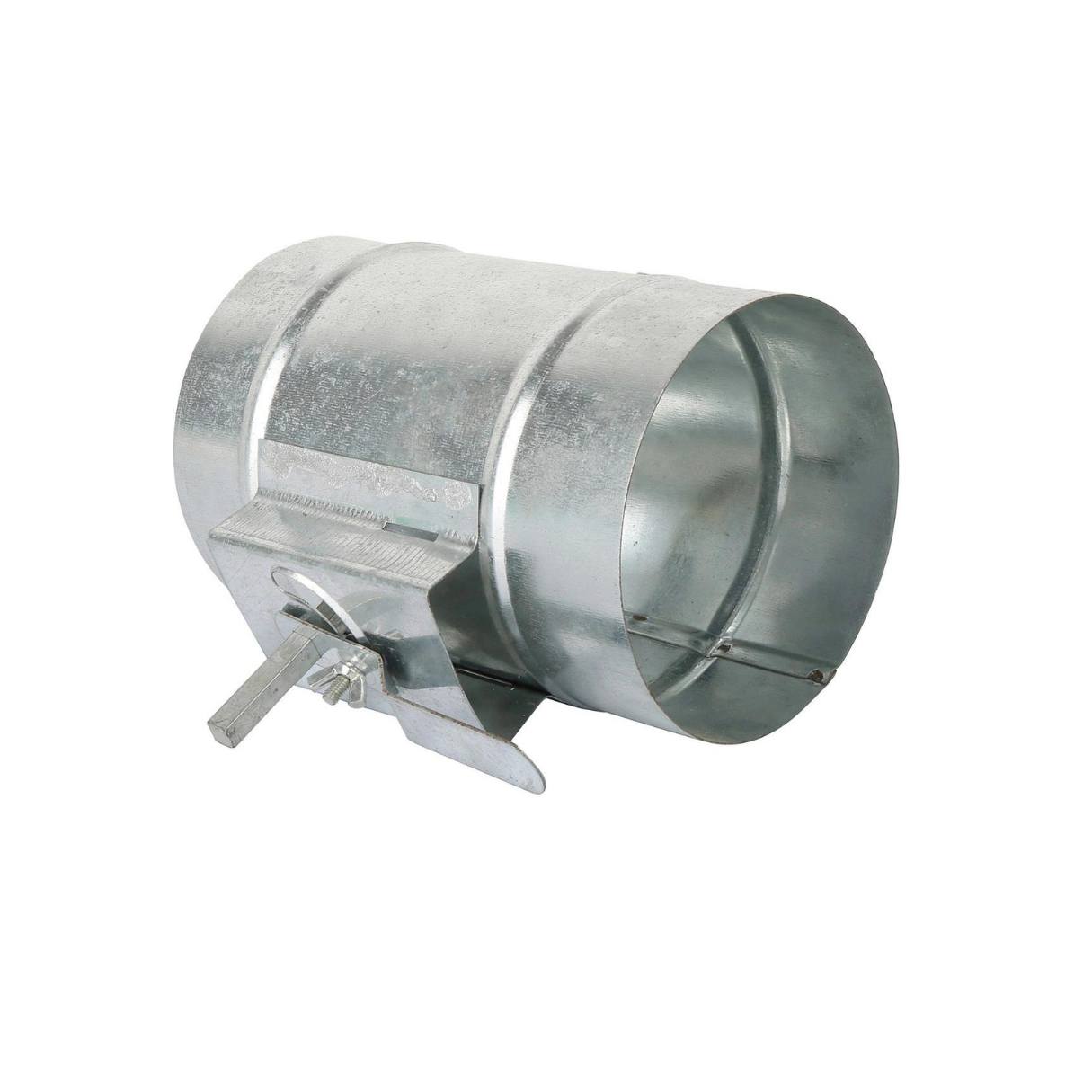
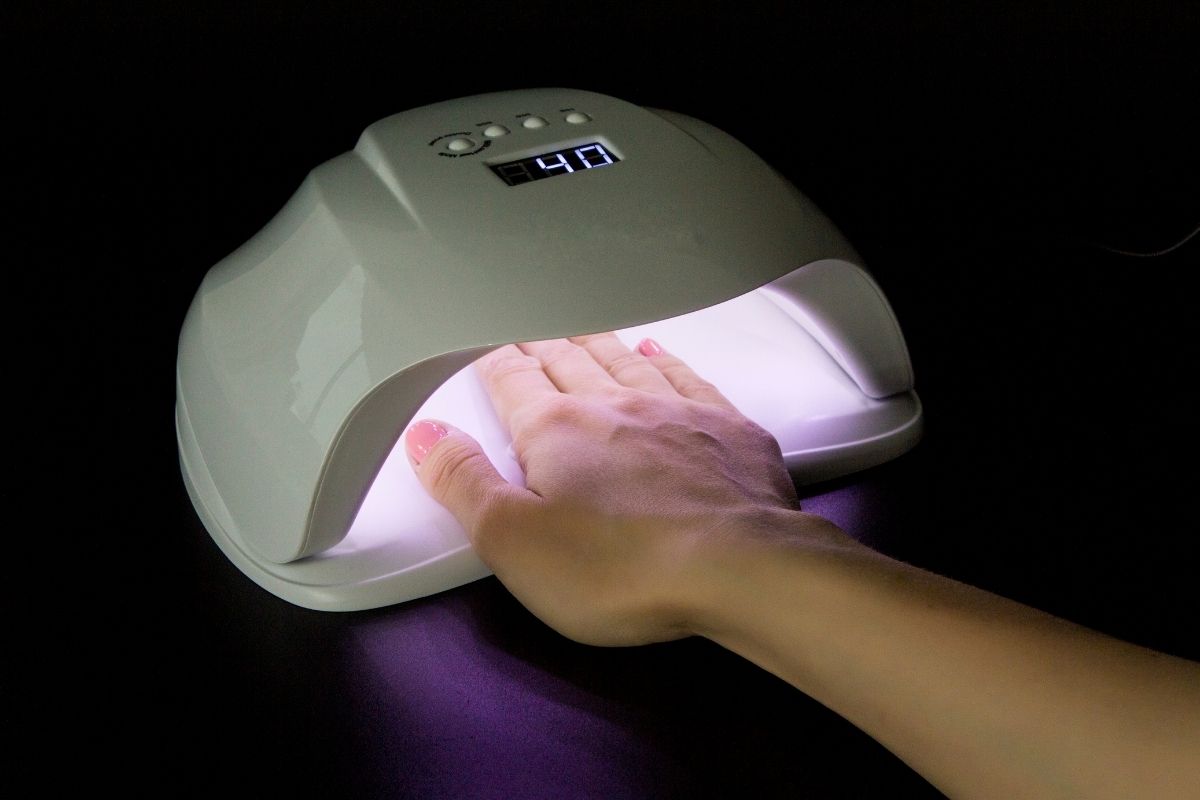
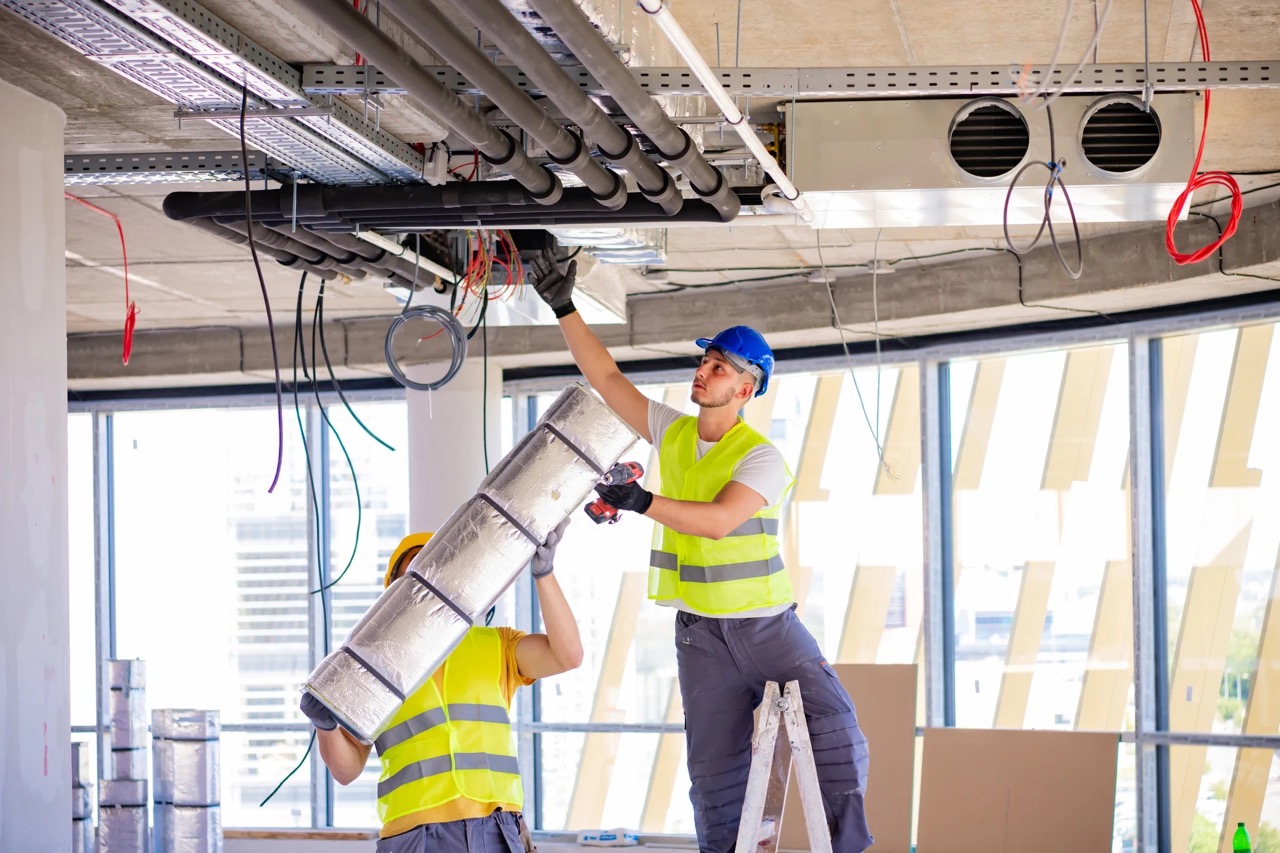
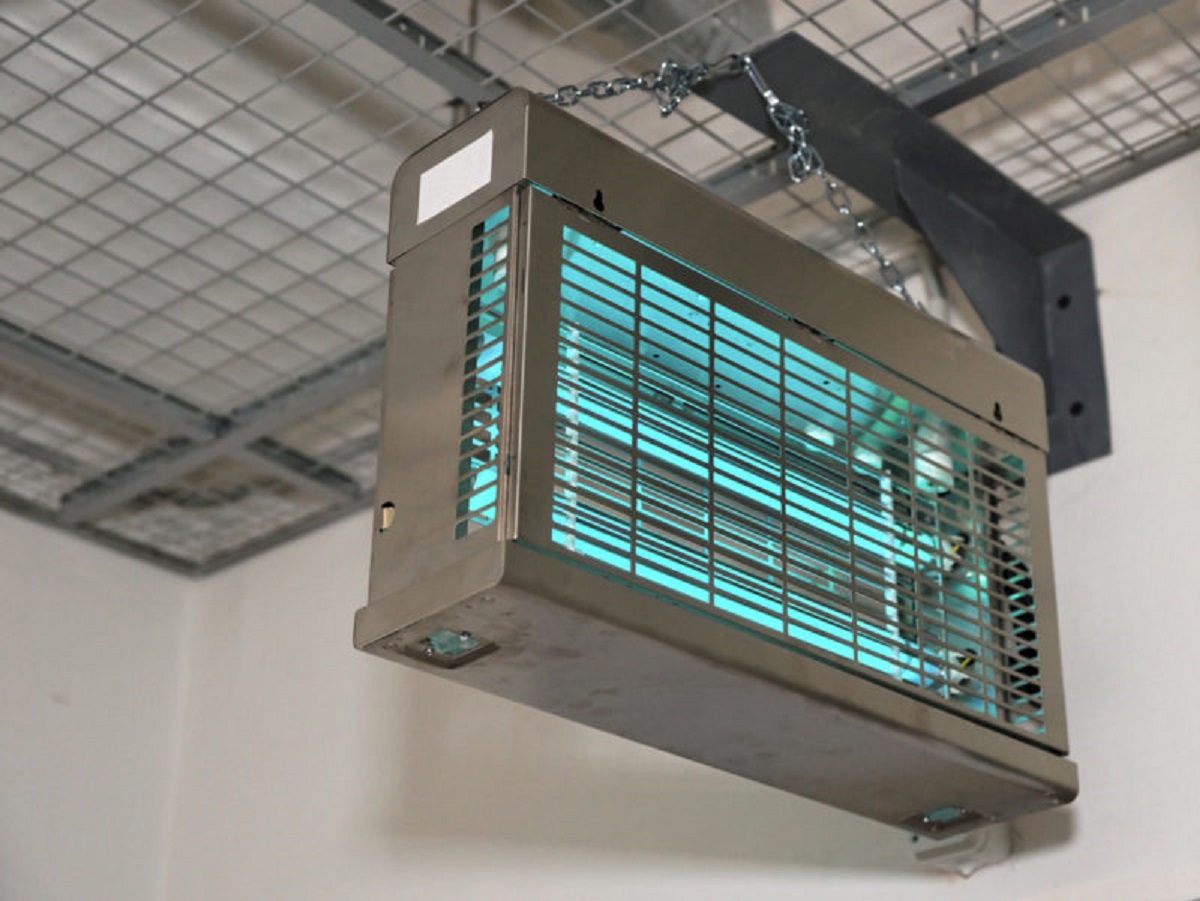
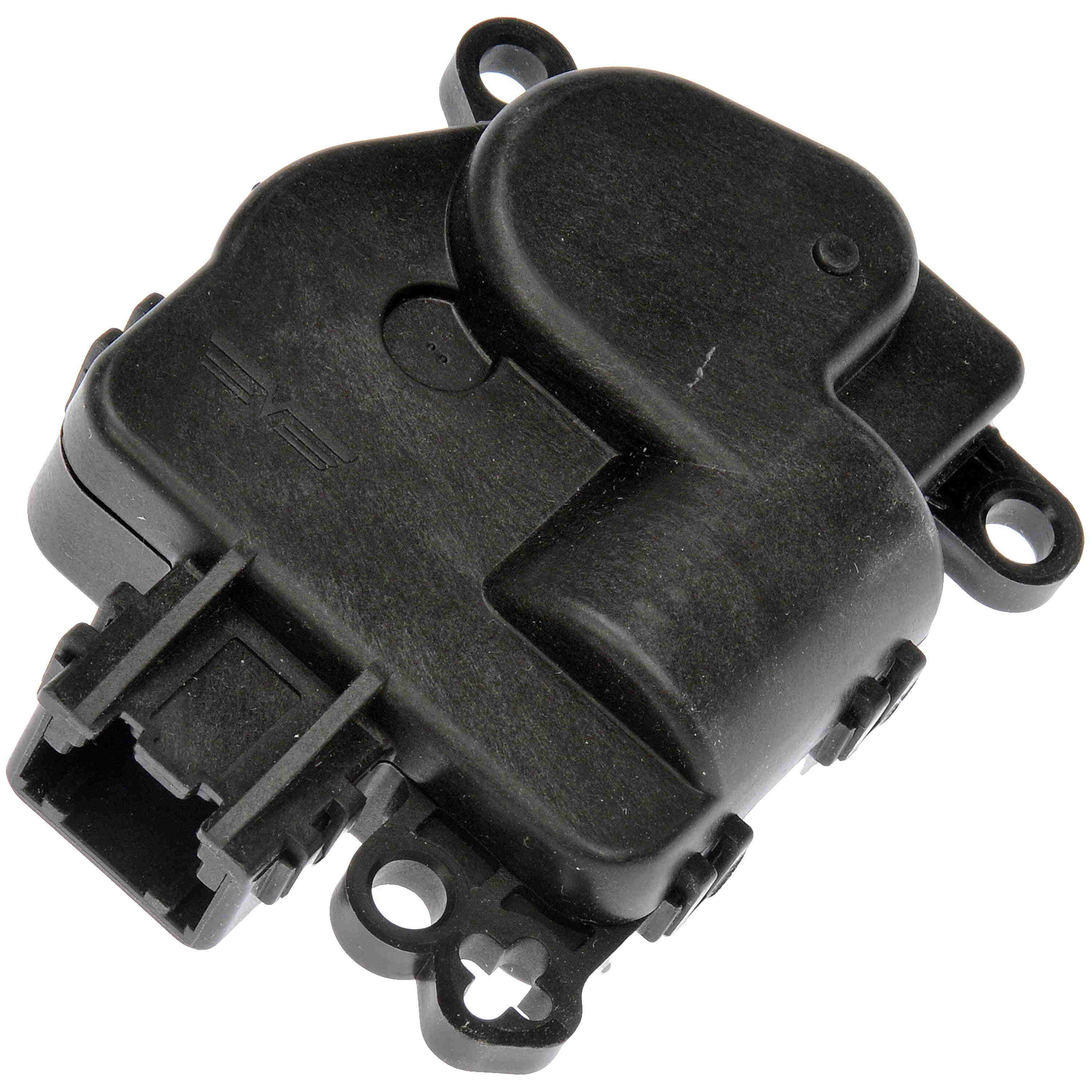
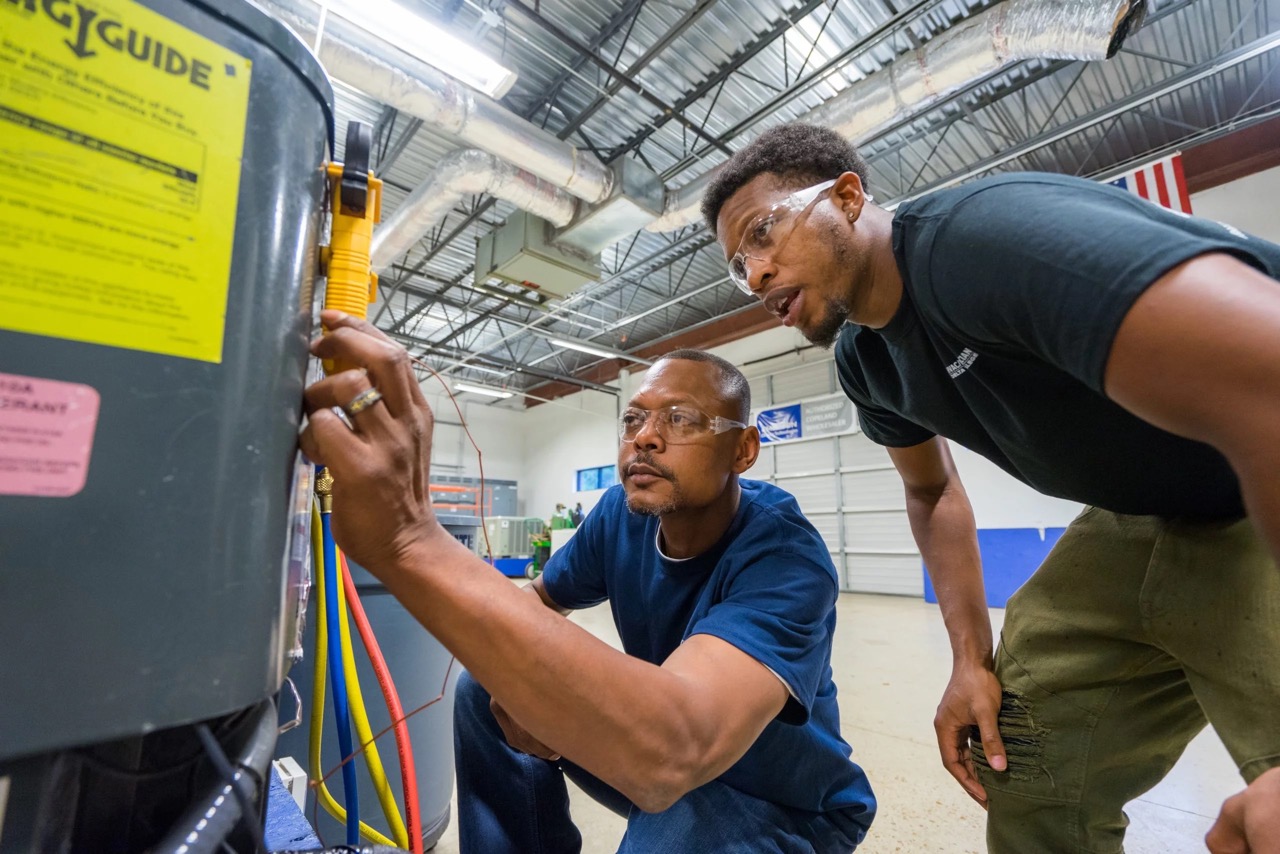
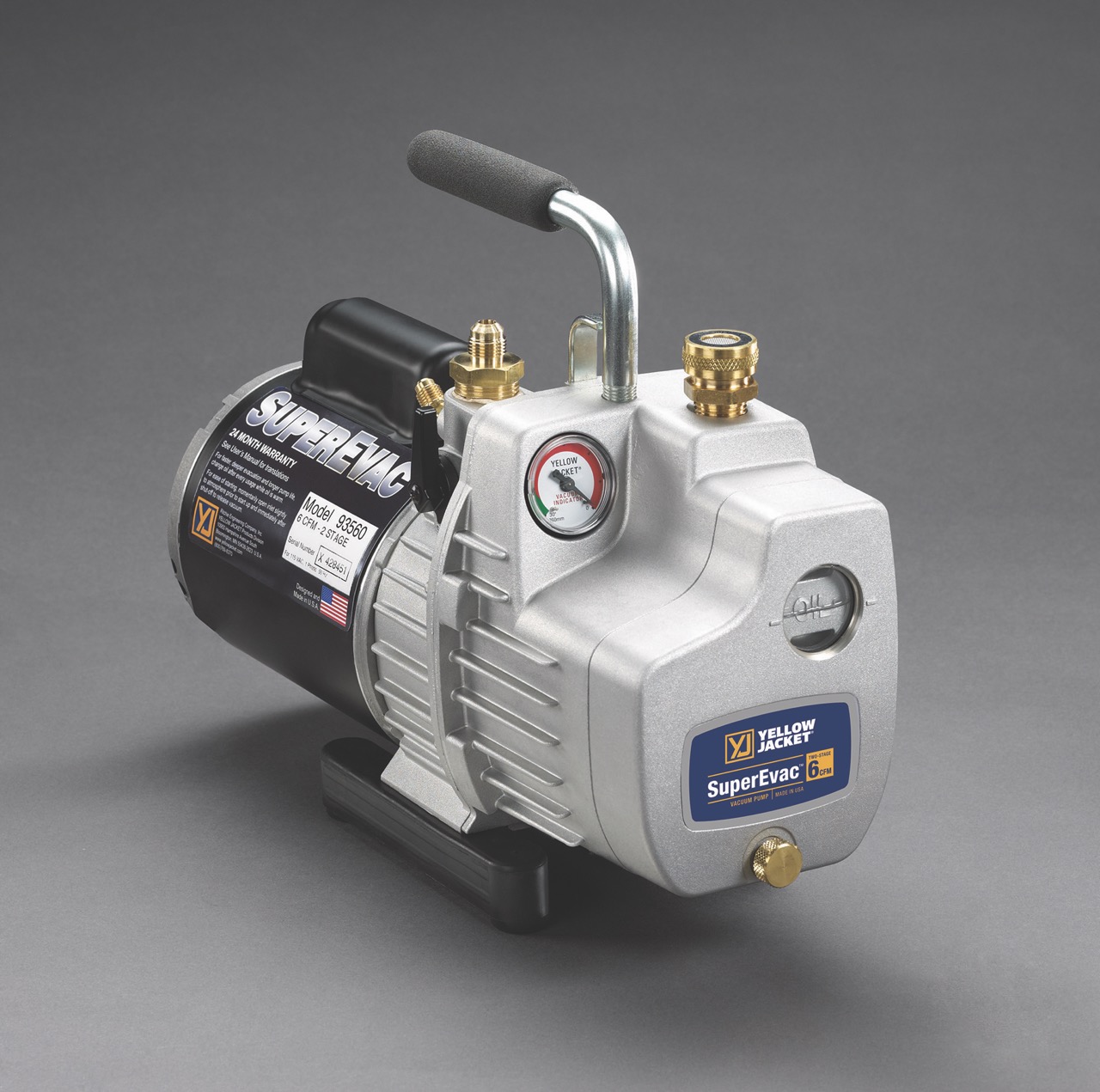
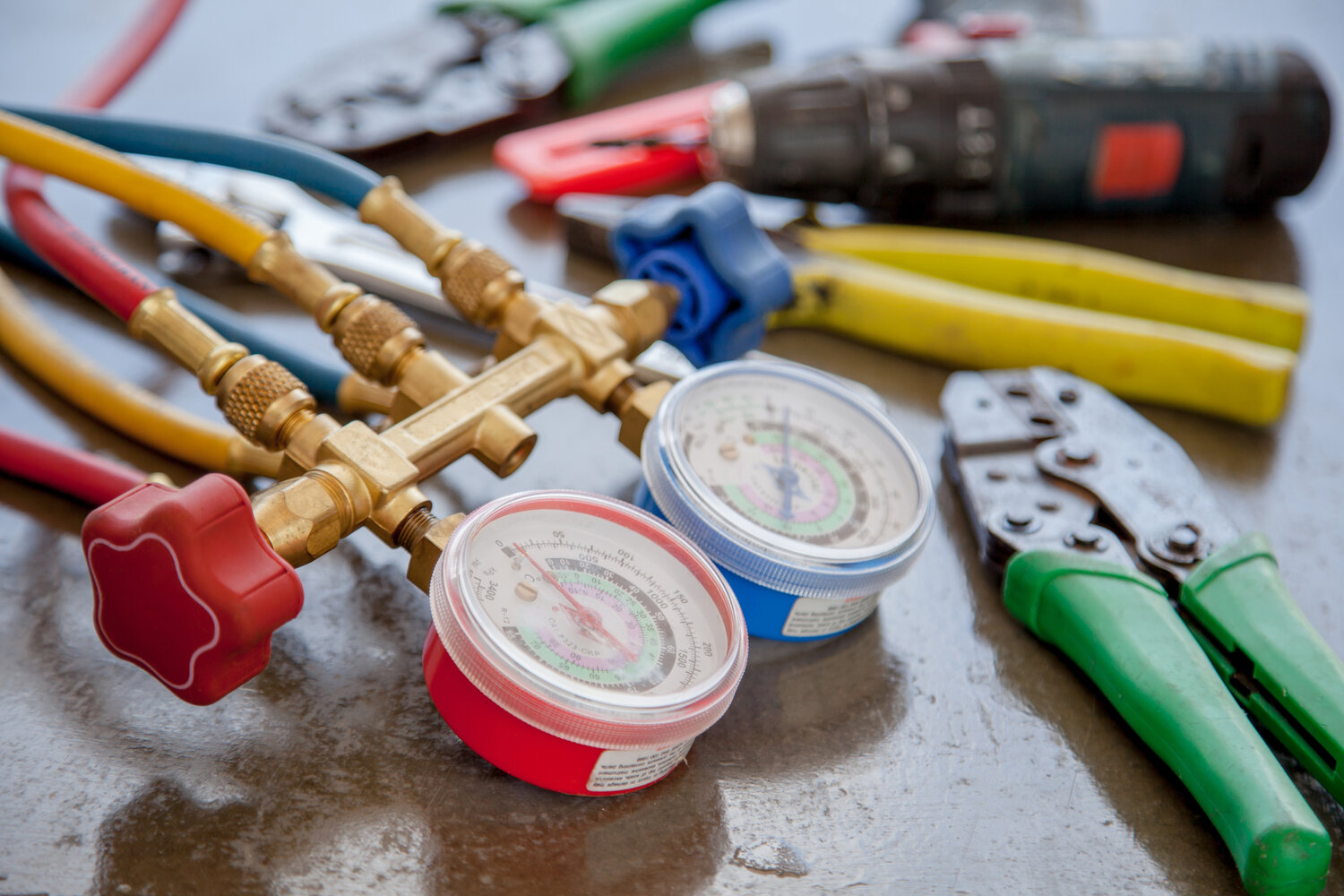
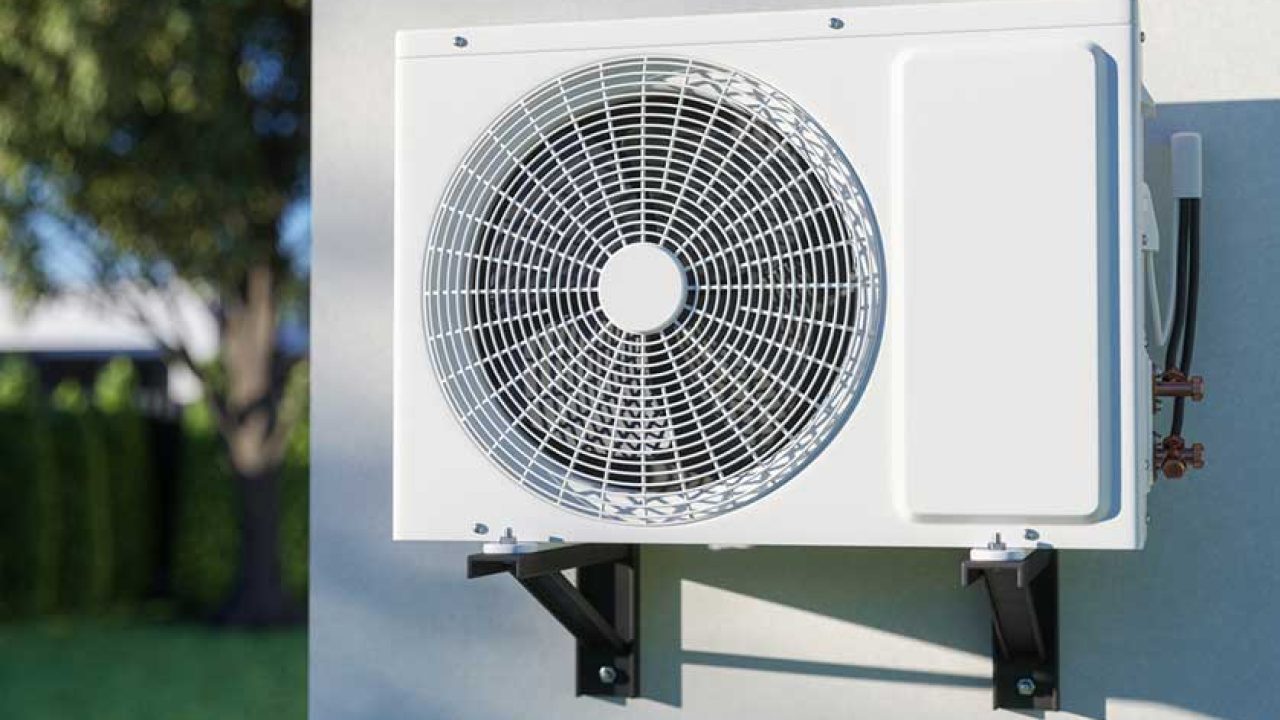
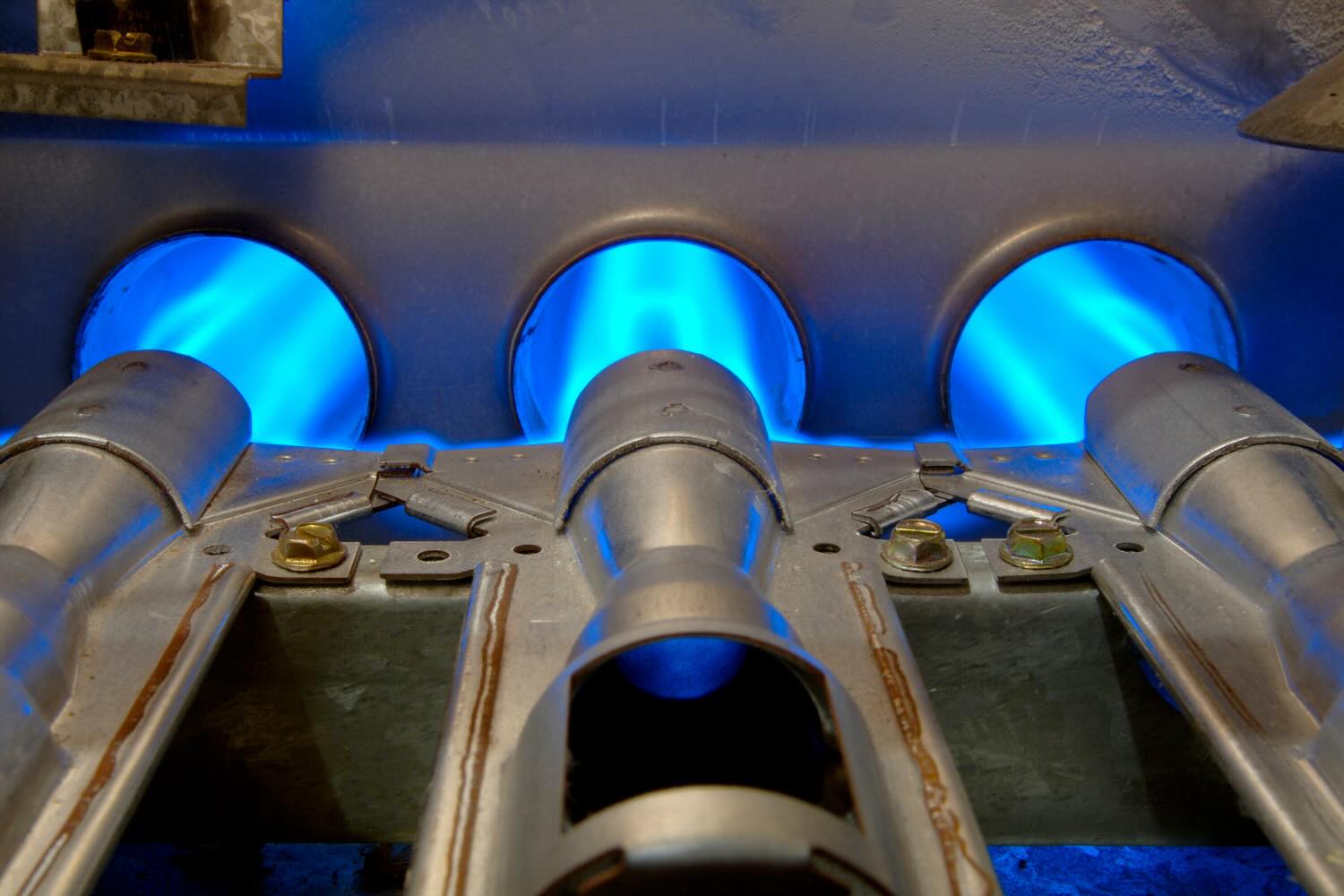

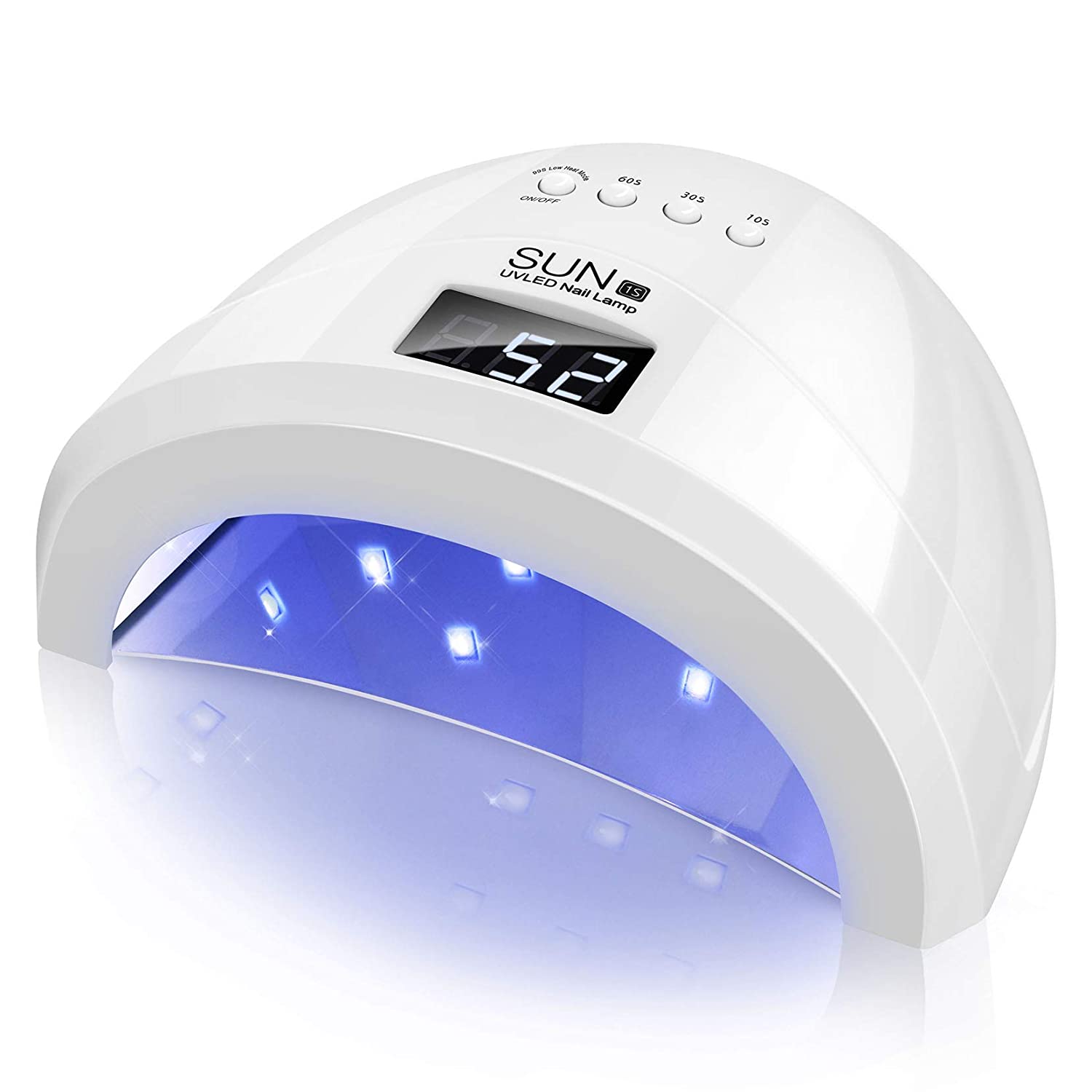
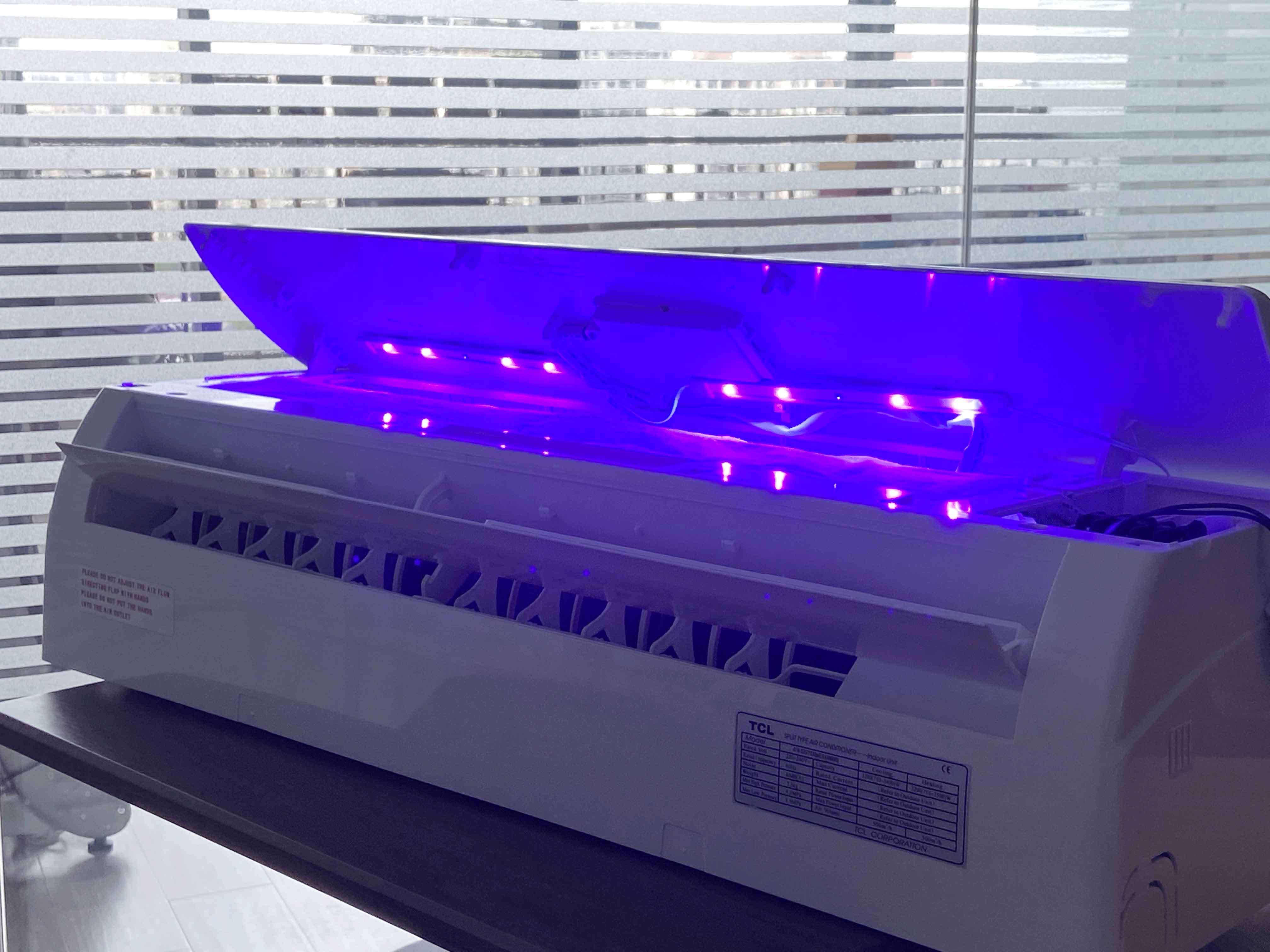
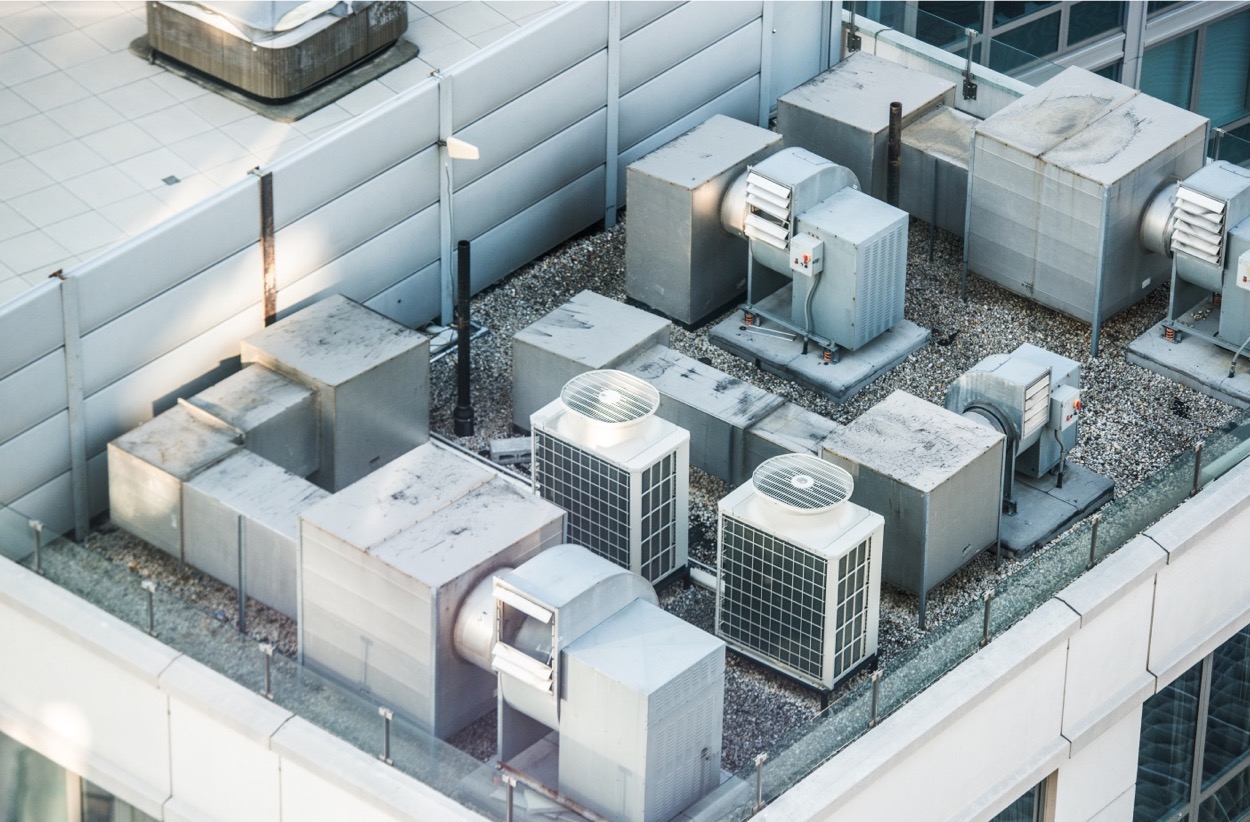

0 thoughts on “What Do Uv Lights Do In HVAC”